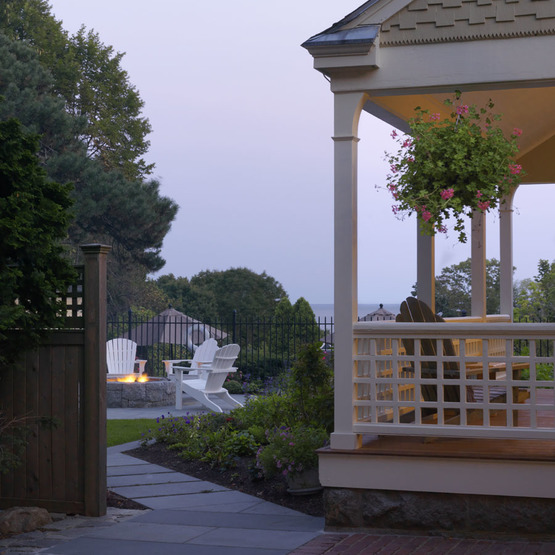
Since my years apprenticing in Japan almost 40 years ago, I have always relished the chance to design appealing stepping-stone paths for my clients. Obviously there are many ways to do this, but I begin by diagramming—in my mind or on paper—the journey from point A to point B, all the while imagining what moving through the space wants to really feel like. Point A is usually a departure point. Where does this garden experience begin? Is it at the front gate, the back gate, or somewhere in between (image 1)? Point B is the destination point. Where does the garden experience end? At the front door, the back corner of the property, or a patio or deck just outside the back door (image 2)?
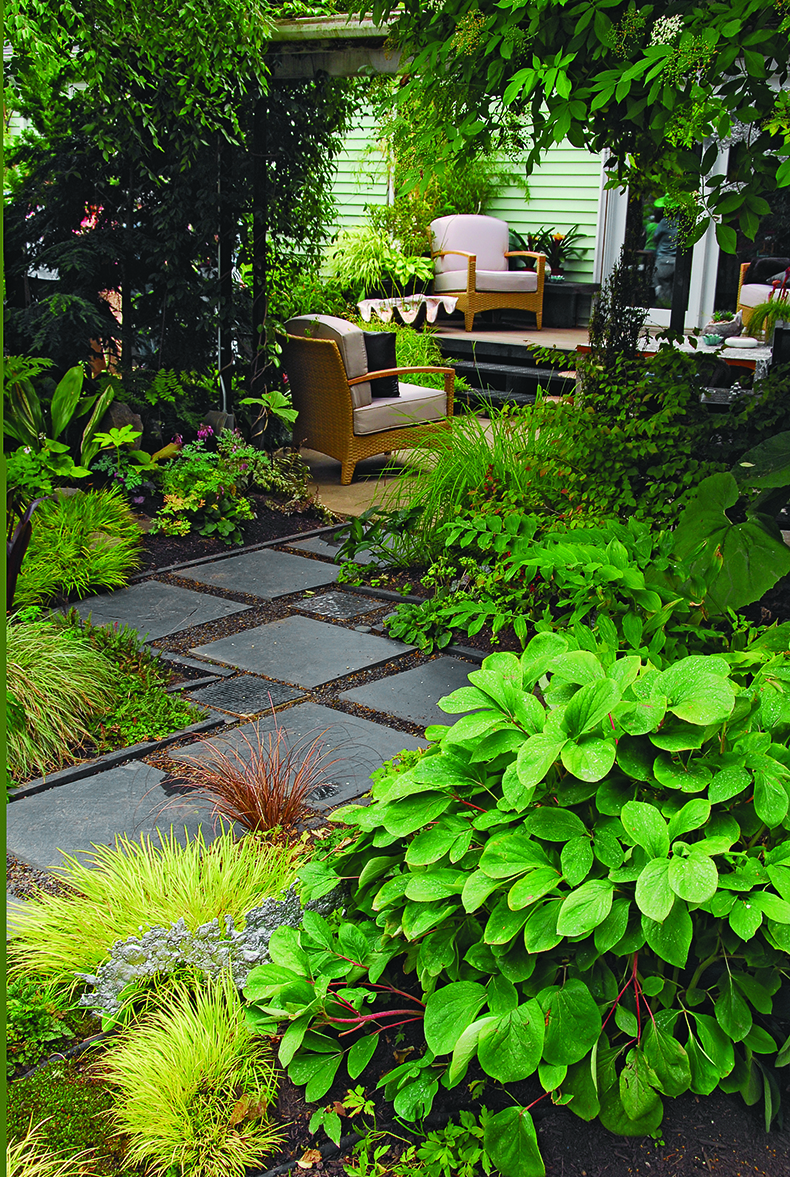
For each of the departure and destination points, the path underfoot wants to be a collecting point for one or more people to come together to begin and end their journey. These are the places where an extralarge stepping-stone or a small deck or patio create a space to pause, where you can decide whether you want to proceed, or put on your lipstick, or observe who the guests are, before moving on (image 3).
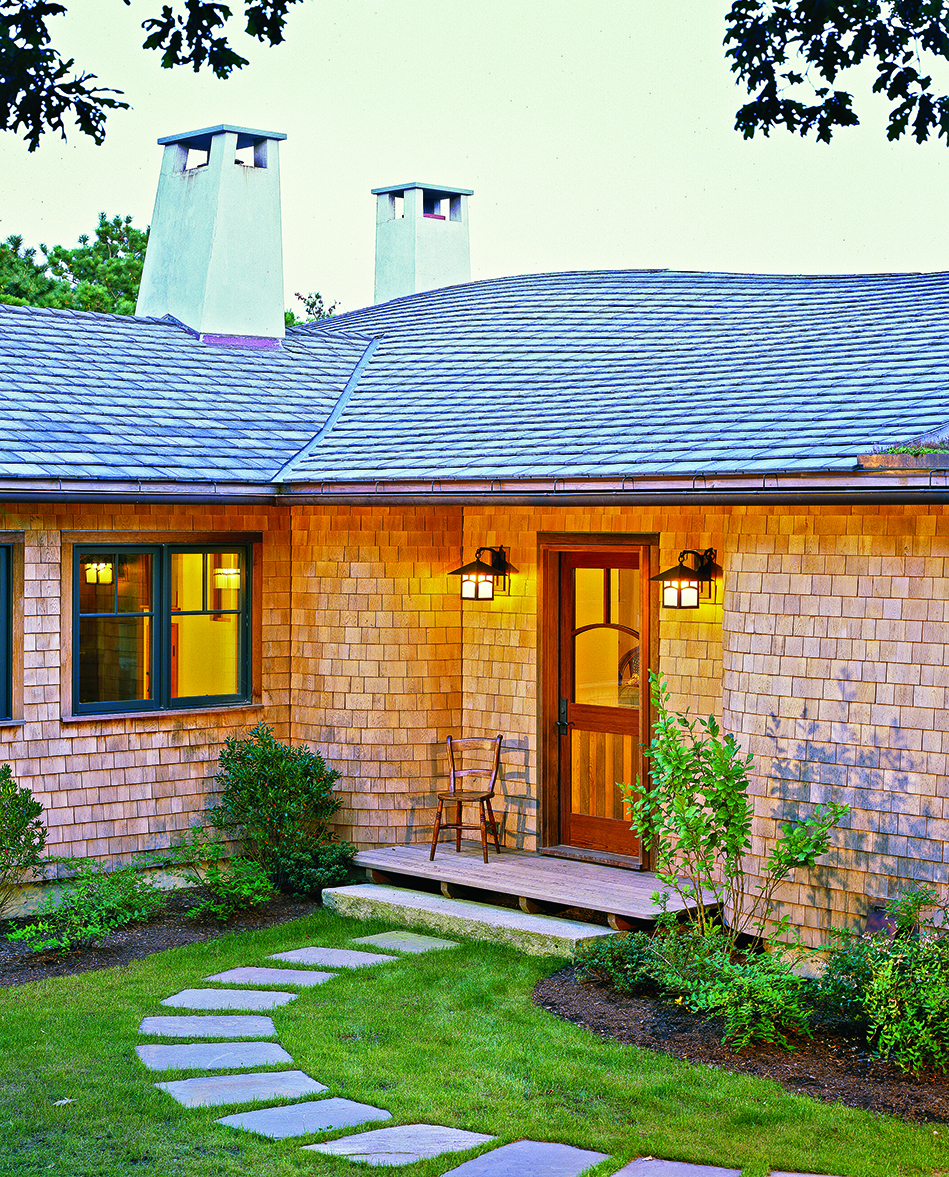
The path that links the two points is where a designer’s choreography of the visitor’s experience really shines. Some of us prefer a predictable path that lets us walk through a garden space without having to cast our eyes downward to see where we’re going (image 4). Others, like me, prefer to mix up the stones so that you need to look down and move between big and small or long and short stones (image 5).
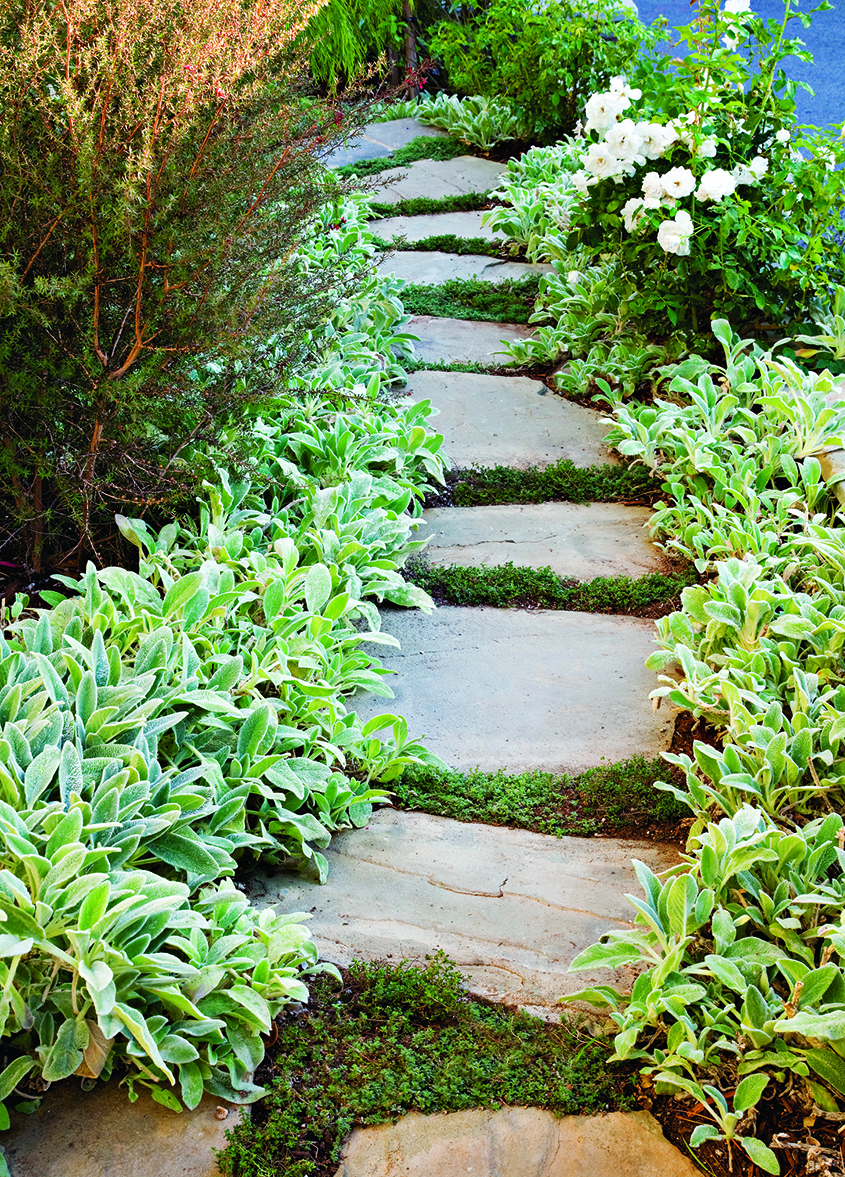
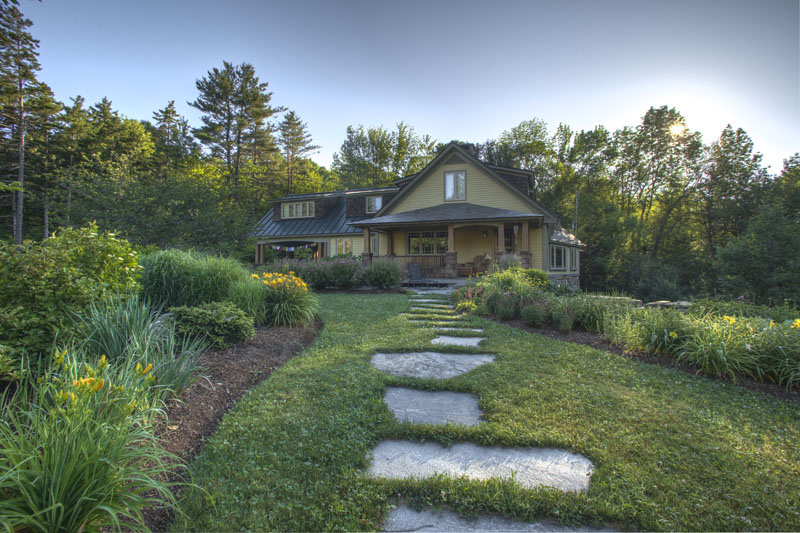
Where I place a large stone on which you can plant both feet usually indicates that there’s an interesting plant or object nearby or a handsome view of the house ahead. Sometimes I’ll take simple squares of 24-inch by 24-inch bluestone and “play” with them, keeping some square to the house and turning others on the diagonal to make a dynamic visitor experience (image 6). In our design for this contemporary house west of Boston, plants intertwine gracefully around the square stones of a well-designed path, enticing visitors to take delight in and savor the garden journey that you choreographed just for them.

Fine Gardening Recommended Products

A.M. Leonard Deluxe Soil Knife & Leather Sheath Combo
Fine Gardening receives a commission for items purchased through links on this site, including Amazon Associates and other affiliate advertising programs.


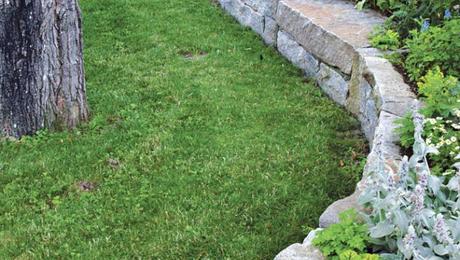
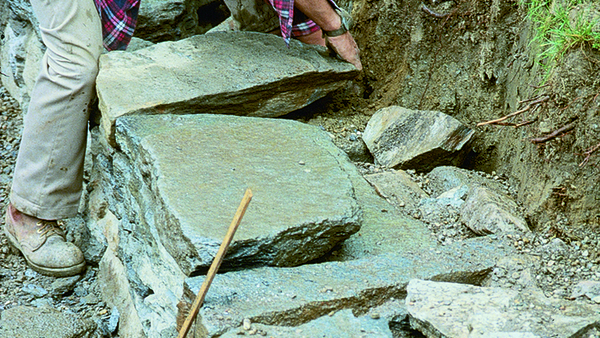














Comments
Nice photos but the bar with writing obscures too much of the view to get the full affect.
Log in or create an account to post a comment.
Sign up Log in